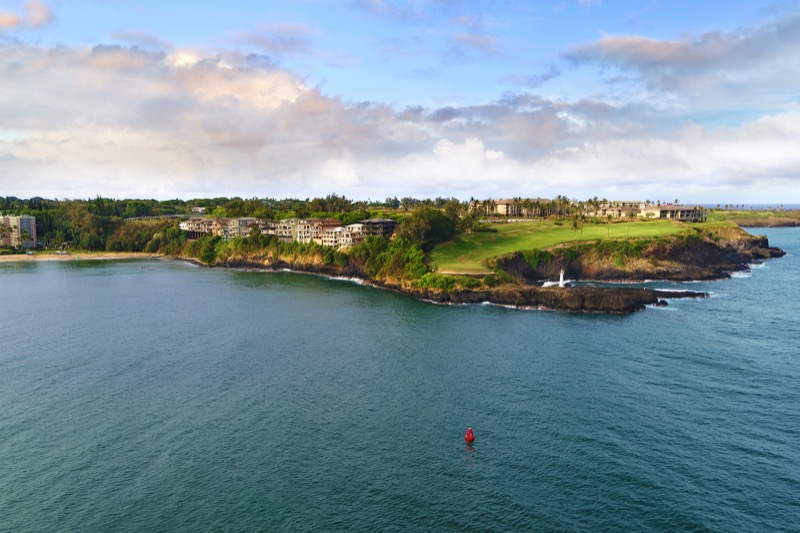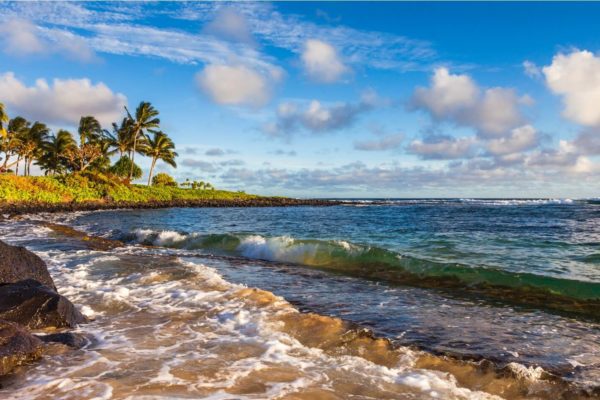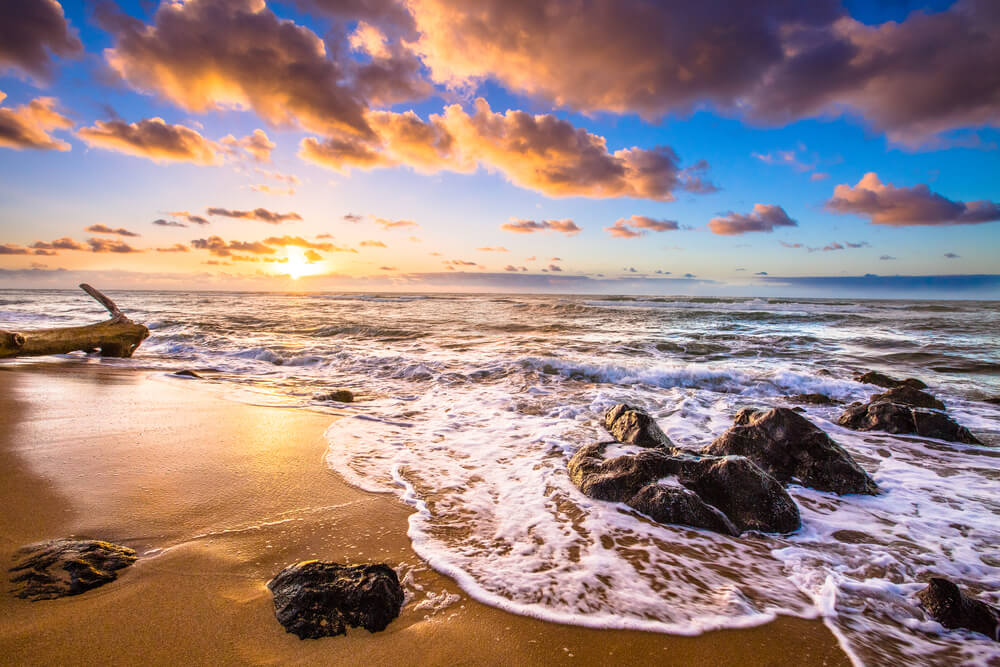
by Kauai Exclusive | May 6, 2022 | Blog, Kauai Activities, Kauai Rentals, Things to Do in Kauai
There’s nothing quite like trading in the routine of everyday life for the tranquility of the beach. If you’re ready for a bit of R&R, pack your bags for a tropical escape to Kauai. Whether you’re planning a getaway to the South Shore, North Shore, or East Shore,...

by Kauai Exclusive | Apr 7, 2022 | Blog, Kauai Activities, Kauai Rentals, Things to Do in Kauai
No matter which vacation rental from Kauai Exclusive Management you stay at, you will be surrounded by the breathtaking beauty of Kauai. From starting your morning with a cup of coffee and a picture-perfect sunrise to soaking in the sunshine on nearby hiking trails,...

by Kauai Exclusive | Mar 7, 2022 | Blog, Kauai Activities, Kauai Rentals, Things to Do in Kauai
Summer is one of the most popular vacation seasons for a reason. Families can escape the distractions of everyday life and spend quality, uninterrupted time with each other. With its sandy beaches, lush forests, and idyllic weather, Kauai is an excellent destination...

by Kauai Exclusive | Feb 16, 2022 | Blog, Kauai Activities, Kauai Rentals, Things to Do in Kauai
If the sand and surf are calling your name, book your escape to Kauai. This Hawaiian island is the perfect slice of paradise that’ll have you feeling refreshed and recharged in no time. With vacation rentals on three sides of the island, Kauai Exclusive Management has...

by kauaiexclusive | Nov 5, 2021 | Blog, Kauai Activities, Kauai Rentals, Things to Do in Kauai, Uncategorized
From the moment you wake up to the moment you turn in for the night, there’s no shortage of adventures to embark on during your Kauai getaway. There is something for everyone, from exploring the island on a rental bike to wandering around local farmers markets. When...

by kauaiexclusive | Oct 5, 2021 | Blog, Kauai Activities, Kauai Rentals, Things to Do in Kauai, Uncategorized
A trip to Kauai is the perfect way to press pause and escape from the hustle and bustle of everyday life. Spend a day soaking in the sunshine on a local beach or unplug and get “lost” in nature on hiking trails. Whether you’re looking to stay on the...







